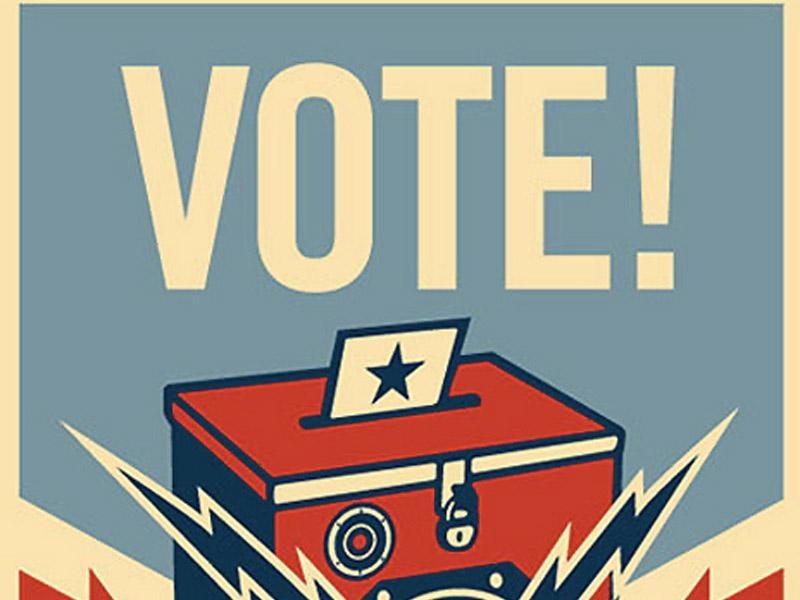Retrospectives Agenda.

Agile Retrospectives are a very helpful way to have the team reflect and discuss. It’s a safe zone for the team to point out what they’ve been doing right and what do they need to improve.
We’ve talked about how to set the right mood to empower your team and make more of these relevant findings that you wouldn’t do so in a regular meeting, or asking for feedback personally (Read about the Retrospective’s Prime Directive). And we've also discussed why your team should be having retrospectives for continuous improvement, even if they are not in the tech industry.
But, how would you go about in the Retrospective? This post will describe a Retrospective Agenda. What needs to be done during a retrospective to get the most value out of it. So if you are getting ready to start with retrospectives, or already do so, make sure to check out our recommendations.

Set the Context.
Every participant in your retrospective session is there for a reason, so everybody should really understand what the goal and focus of the meeting are to make sure you have a productive and efficient meeting. It does not have to be a page long reminder, keep it simple. For example: “End-of-sprint retrospective. Sprint 15 out of 20.” or “Feature ‘X’ crashed on production.”
That will tell the participant if there are any special topics for discussion. You want people to come to the meeting ready for valuable discussions. Remember that in Agile, as in life, time is precious.
Prime Directive
The retrospectives prime directive is a statement that needs to be considered as an assumption by every participant of every sprint. The purpose of the Prime Directive is to assure that a retrospective has the right purpose and the right culture in order to keep the focus results-oriented and to be a positive experience for everyone involved. The prime directive transforms your retrospectives sessions from “a dull meeting for ‘finger-pointing’ ”, to an effective team gathering looking to learn and find solutions to improve the way of working.
This is the prime directive:
“Regardless of what we discover, we understand and truly believe that everyone did the best job they could, given what they knew at the time, their skills and abilities, the resources available, and the situation at hand.”
(The prime directive is written by Norm Kerth, and featured in his book: Project Retrospectives: A Handbook for Team Review)
This assumption really helps you to set the tone for the meeting.
Ice-Breaker / Energizer.
An optional activity that can be used to “pump up” the team and promote group interaction. It is especially valuable for newly created teams, or if it’s the first time someone attends these meetings. This kind of activity helps to create a friendly environment and makes people more comfortable to participate in the activities that will follow.
Main Activity.
The main activity of the retrospective is to have all the members reflect on what went right and what went well. You want this to be made in an orderly fashion, personally and have all or as many team members as possible to participate. What you want to avoid is “GroupThink”. This happens in meetings when people voice their opinion to the group, the next person to comment will have a group bias because of the opinions of the former team members.
You want people to participate and input their brutally honest opinions on any subject that will help you improve.
Voting.

After everybody inputs their opinion, it’s time to vote. Now, you will have a lot of data, and a lot of it will be noise. It is important to have well-defined criteria to decide what will be discussed. So in order to figure out which of all of the concerns raised by the team are the most important ones. This lets you focus on a few action items that you can work for the next meeting and avoid being stuck with something that might not be as important. After everyone submitted their vote, the issues are first grouped with similar ideas (since we are in the same team, ideas are bound to be repeated), and then the team votes.
Wrap up.
The team had a great discussion and generated many insights. These insights must result in a few actionable items. With the help of the scrum master and the votes, the team decides which topics will have an action item, who will be responsible for follow up on that action item, and a time frame or a due date for each. Keep in mind that follow-up just means making sure the actions agreed are being taken. The person in charge of the action item is not the one to tackle it and fix it, but it’s the person who makes sure it does.
What to watch for?
Well, first of all, you should keep your eyes open for any of the Agile Anti-Patterns.
Retrospectives is oddly the event that gets the most pushback from team members, as it is hard to perceive the value, as it won't be inmediate. Take a look at how to Overcome reluctance towards Retrospectives.
Agile is more of a culture than just a methodology, so it'll be helpful if you are familiarized with the Agile Manifesto and that you recognize and work on the Key Elements of an Agile Culture.
Trying to improve your #Agile practices? OR are you getting started with Agile? Are you in a remote team? Check out our products for Agile teams at SoftwareDevTools. We focus on making agile ceremonies more effective and easier to adopt for remote teams.
Check out our Atlassian tools:
- Agile Retrospectives for Confluence
- Agile Retrospectives for Jira
- Scrum Poker for Confluence
- Scrum Poker for Jira
- Stand.bot for Stride: A bot to automate daily updates.
- And for Slack also!
Follow us on our networks:
Facebook: /SoftwareDevTools
YouTube:SoftwareDevTools
Twitter: @softwaredevtool
Email: hello@softwaredevtools.com
And Subscribe to our blog below!




